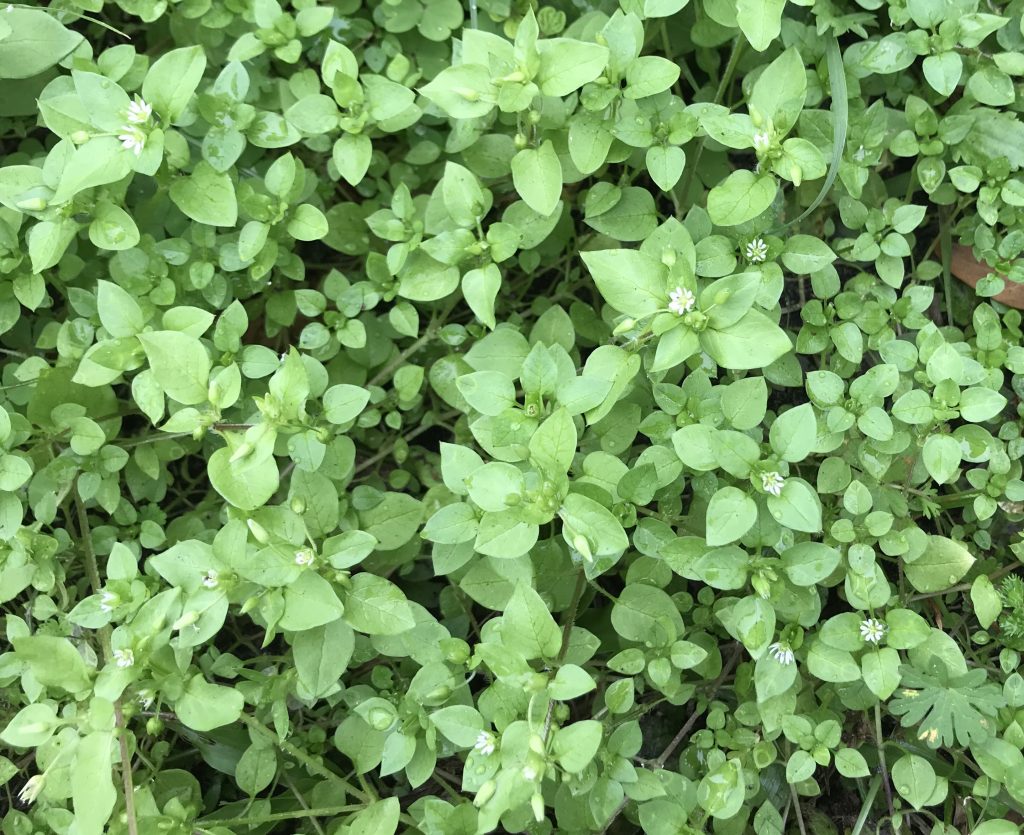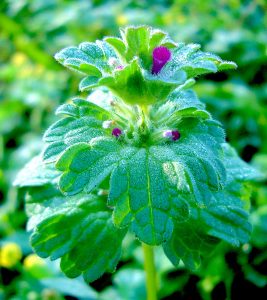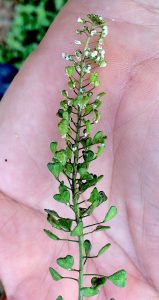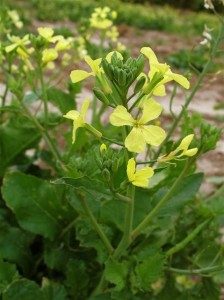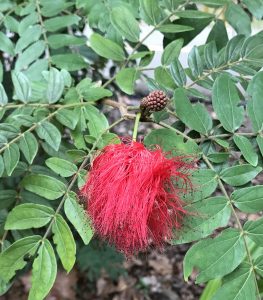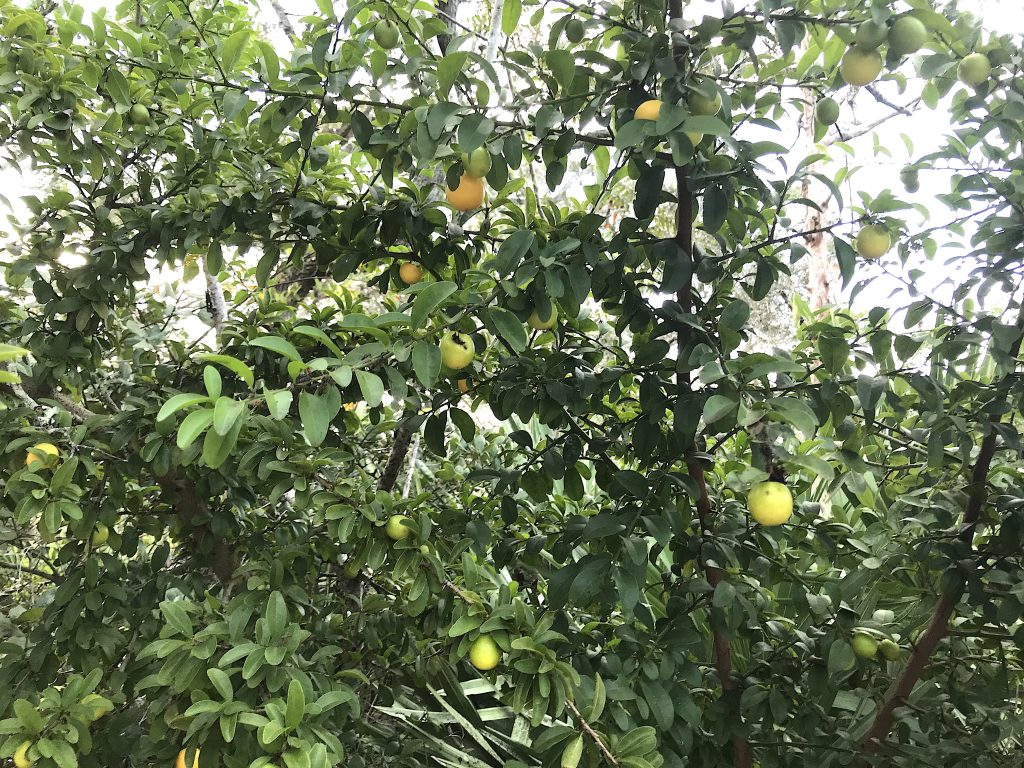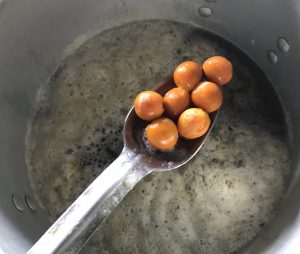How many species of Canna are there? There used to be perhaps 100 but now there are 20 or so, plus one Scottish island with a …ah.. population problem. And don’t misspell it Cana with one ‘N’ or you will get a cremation society.
I lived with a Taiwanese family for a while, perhaps that’s where I got my skills at cooking down home Chinese food. They grew Canna, red blossom with skinny petals (well, blossom parts that look like petals.) See above. I thought at the time the flowers were Taiwanese Canna because they looked so different in blossom than Canna found in the southern United States, which has large fat blossoms of yellow or gold. My presumption was that Canna was Asian. Come to find out everyone thought that but Canna is originally from the Americas. It went east and west and then it came back and got discovered.
Canna is called a lily in common terms — Canna Lily — but it is not a lily. It’s in the order of Zingiberales which includes ginger, bananas, and marantas. The resemblance is in the leaves. How it got to be called a Canna Lily is unknown though it can be a bit orchid looking and was once called the Orchid-Flowered Canna. One can also easily see the ginger relationship just as kids in a family can look similar. Its leaves are large and green, some times brown to maroon, occasionally variegated. Blossom color varies but usually favoring the red/orange/yellow range. Hybrids are often multi-colored. The blossom is rather odd in that what attracts our eye is often modified stamen (reproductive parts) rather than true petals. But I’ll call them blossoms for convenience. Like so many plants misnamed and renamed by personality-void botanists the genus proliferated with species and varieties and cultivars until it was a mangle morass of monikers. It took two botanists two careers to sort them from a big mess to a little mess. Here’s what happened.
Cannas are native to the warm areas of the Americas. They were taken to warm areas of southeast Asia, then called the East Indies. From there they went to Europe. The first named species was Canna indica, which means Canna from India. In those days that meant from the West Indies but that was overlooked and the notion arose that the Canna was from the East Indies rather than the West Indies. More so, indica today mean from India not the West Indies. Subsequent botanists “discovered” Canna in Africa and Asia thinking it came from the India. Then they were “discovered” in the Americas, for a second time. It would be centuries before there was general agreement that Canna are native Americans and that scores of different Canna species was probably only one score. (Ya gotta love academics, like doctors, oh so right and oh so wrong.)
So, what of the Canna, which parts can be used? If you believe everything on the Internet the entire plant is used, seeds to rhizome. Reality is a bit different. The seeds are tough. How tough? They can stay viable for 600 years and have been used for buckshot. That’s tough. Young seeds can be ground and eaten. Unfortunately references that say mature seeds can be sprinkled on tacos was not written by anyone who ever tried it this buckshot replacement. Cooked immature seeds, however, are edible. In some species the young shoots and leaves are a cooked green — usually boiled — and in some species the root starch is edible. In fact, it is the largest plant starch, molecularly speaking, and among if not the easiest to digest. Arrowroot starch, used as a thickener, comes from a relative of the Canna, Maranta arundinacea.
The best-known Canna for food is Canna edulis, also called Achira. It can have a rhizome clump two feet long. At harvest time the plant is three to six feet high with alternative leaves that are a foot long and almost half a foot wide. The unisexual flowers have orange red petals and three petal-like staminodia, each of different lengths. Those lead to a three-cell seed capsule with round black seeds. Its starch has been used for food for at least 4,500 years. Canna indica roots are edible, too, as are the rhizomes of Canna coccinea. C. indica It looks similar to Canna edulis but is shorter and has brighter red flowers.
Locally the edible member of the species is Canna flaccida, KAN-uh FLACK-sid-uh, also called Golden Canna. It’s a showy, immersed native that typically grows to four to five feet tall. Golden Canna is found in small stands at the edges of marshes, swamps, ponds and lakes. It is found throughout the southern United States. It also has been hybridized and found in household gardens around the world. Golden Canna flowers are showy yellow and usually open in the afternoon. Hybrid Golden Canna flowers are orange tinged, or have large fat petals that are orange and red (compared to the skinny red species.) The three-inch-long flowers grow in clusters at the tops of long stalks. They attach in a spiral along the stem as do the leaves. The leaf shape is oblong to elliptic, tapering bases and pointed tips. Leaves can be two six inches wide and three feet long. Veins are parallel and sharply angled. The three-part seed capsule is rough to the touch turning black. Roots are long, thin, and white. Synonyms: Canna anahuacensis, Canna flaccidum, Canna reevesii. (That’s how they ended up with 100 botanical names, nearly everyone thought they had found a different species.)
Canna root does not store well so it is best left in the ground until when you intend to use it, say within a few days. It can be eaten raw, or is often boiled. Best method of preparation is long baking. The roots are not peeled before or after baking. Once cooked they are slit and the soft, shiny starchy content scooped out. A lot of the starch can make you hiccup. In the mountains of Peru the roots are baked in ground pits with coals and hot rocks covered with dirt, usually 12 hours at least.
Propagation: Plant the small corm-like rhizome segments. Flowering plants have rhizomes tinged with purple, immature plants have white rhizomes flesh. Rhizomes of the Canna iridiflora are not eaten because it is among the few Canna that does not produce fleshy rhizomes.
You will read that Canna means reed and is from a Celtic word. Partially true, and there is a Scottish island named Canna. But the Celtic word is from the Dead Latin word Canna which is from the Living Greek word Kanna. Kanna was a certain reed Greeks used to weave into mats and fences. And about Canna Island…
As detailed in my previous article it is an island, left, with about a dozen residents (in 2010) though the Scottish government would like to increase that. The island had a rat population problem. A few years ago they got rid of the rats then had a rabbit population problem because the rats weren’t around to keep the rabbits in check. Bunny birth control eased that problem but the low human population remains a problem. The island is a tourist destination and at one time presumably had Canna, or more specifically local reeds.
Green Deane’s “Itemized” Plant Profile: Golden Canna, Bandana of the Everglades
IDENTIFICATION: Canna flaccida: Rhizomes fleshy. Leaves: sheath and blade hairless, narrowly ovate to narrowly elliptic, 20 to 50 inches long, base gradually narrowed into sheath, apex acute (pointed.) Inflorescences racemes, simple, bearing one-flower each, fewer than five flowers per inflorescence; Flowers pure yellow, pedicels short, sepals narrowly oblong-elliptic, petals strongly curve back, lobes narrowly oblong-elliptic, base sharply reflexed; three staminodes, broadly ovate, seed capsules irregular ellipsoid, seeds brown, nearly round.
TIME OF YEAR: Usually summer time. Roots should be harvested before the plant flowers.
ENVIRONMENT: Full sun, shallow water around six inched deep, open marshes, lake margins, ponds, savannas, ditches, and inundated pine flatwoods. Although Canna is frost sensitive it also grows very fast and has been grown in extreme northern climates such as northern Alaska and Canada because of the long days.
METHOD OF PREPARATION: Canna edulis roots are either boiled or baked, or eaten raw. Usually they are slow roasted, usually 12 hours minimum, a good oven on low heat can do that in half the time. Young shoots are eaten as a green vegetable usually cooked but I have had one Hawaiian forager tell me he eats young shoots raw. Leaves can be used to cook food in. Immature seeds cooked. Starch can be used like arrowroot. Canna flaccida roots are usually ground and washed letting the starch settle. The water is then poured off and the starch dried then ground. Cooked Canna starch can be used to make alcohol. The stems can be used to make fiber.

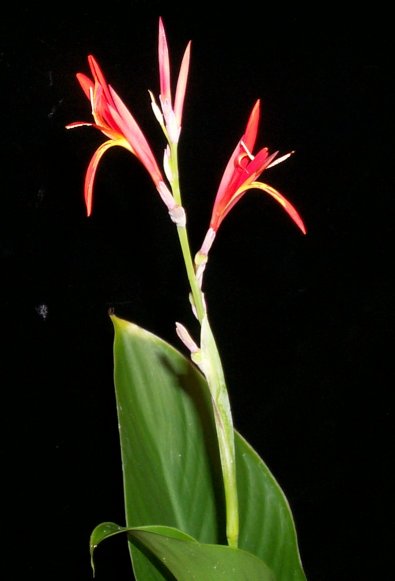
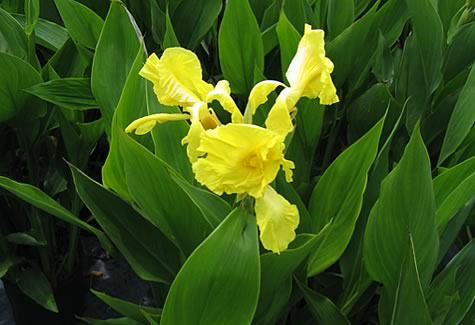
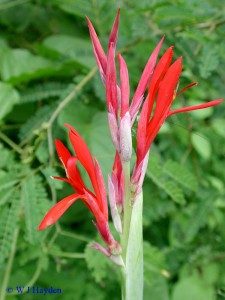
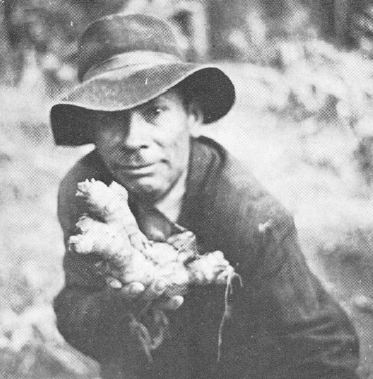
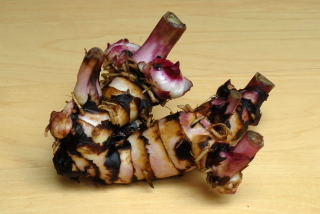
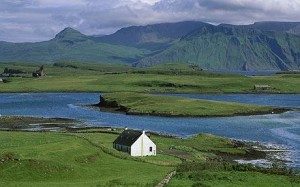
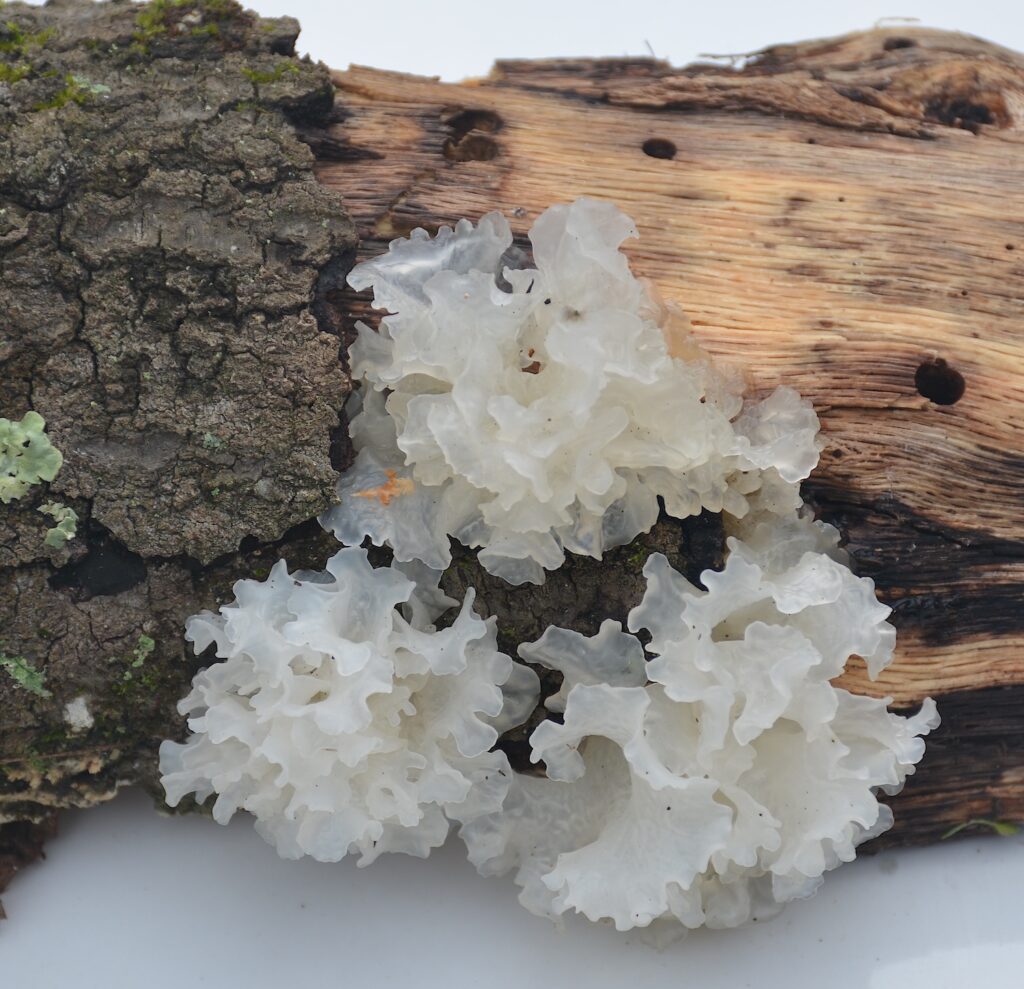
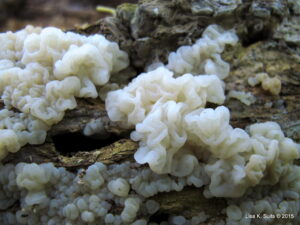
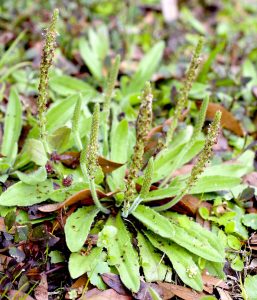
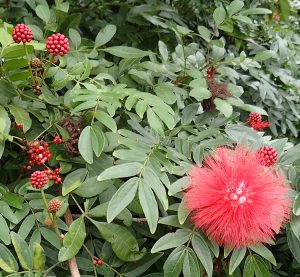

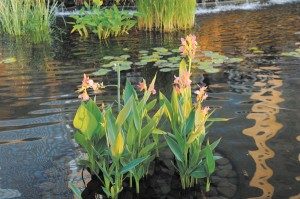
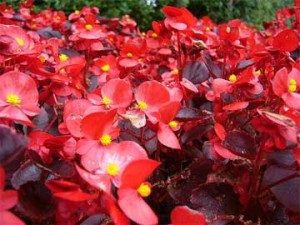
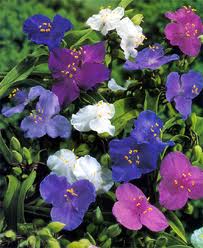


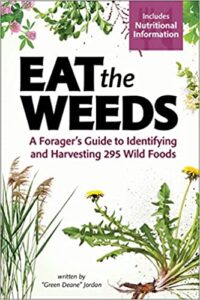 Now in print is EatTheWeeds, the book. It has 274 plants, 367 pages, index, nutrition charts and color photos. Several hundred were pre-ordered on
Now in print is EatTheWeeds, the book. It has 274 plants, 367 pages, index, nutrition charts and color photos. Several hundred were pre-ordered on 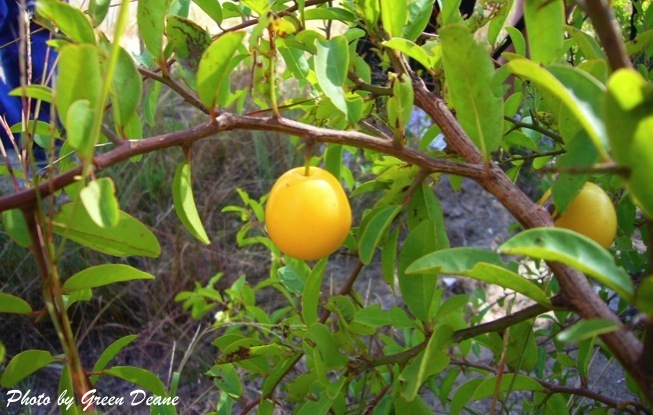
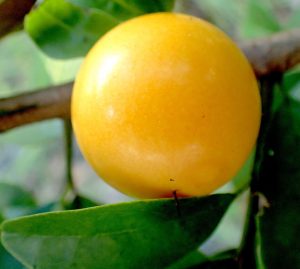

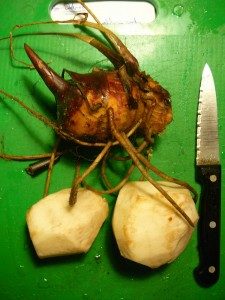
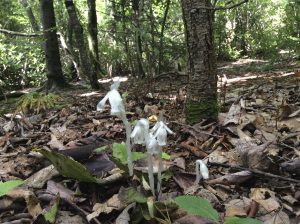
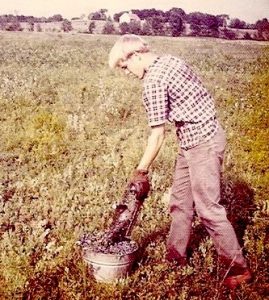
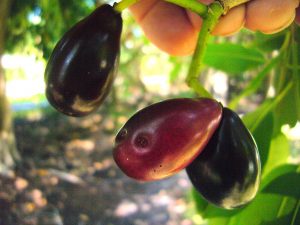
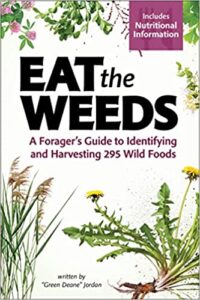 Now being printed is EatTheWeeds, the book. It should have 275 plants, 350-plus pages, index and color photos. Several hundred have been preordered on
Now being printed is EatTheWeeds, the book. It should have 275 plants, 350-plus pages, index and color photos. Several hundred have been preordered on 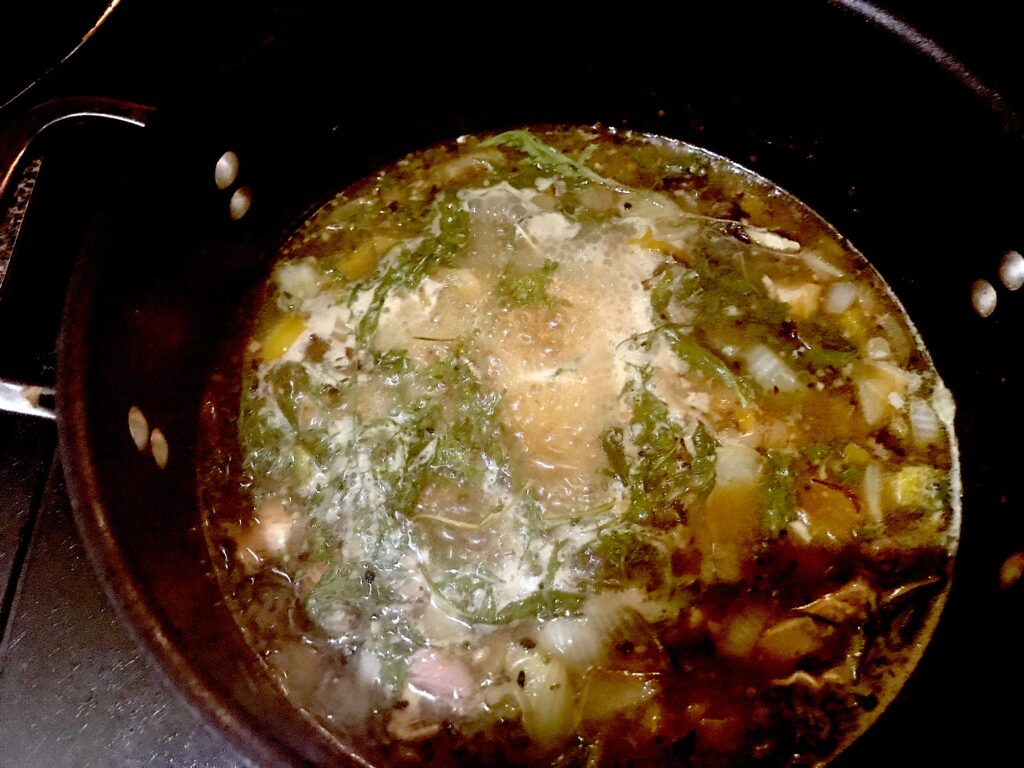
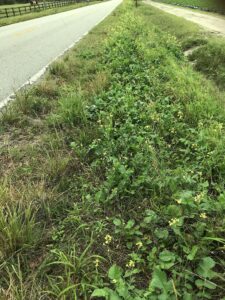
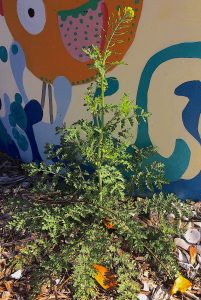
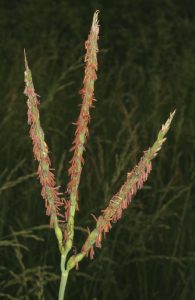
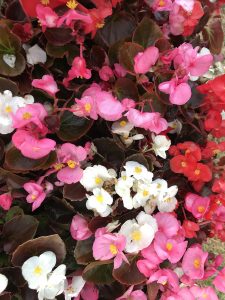
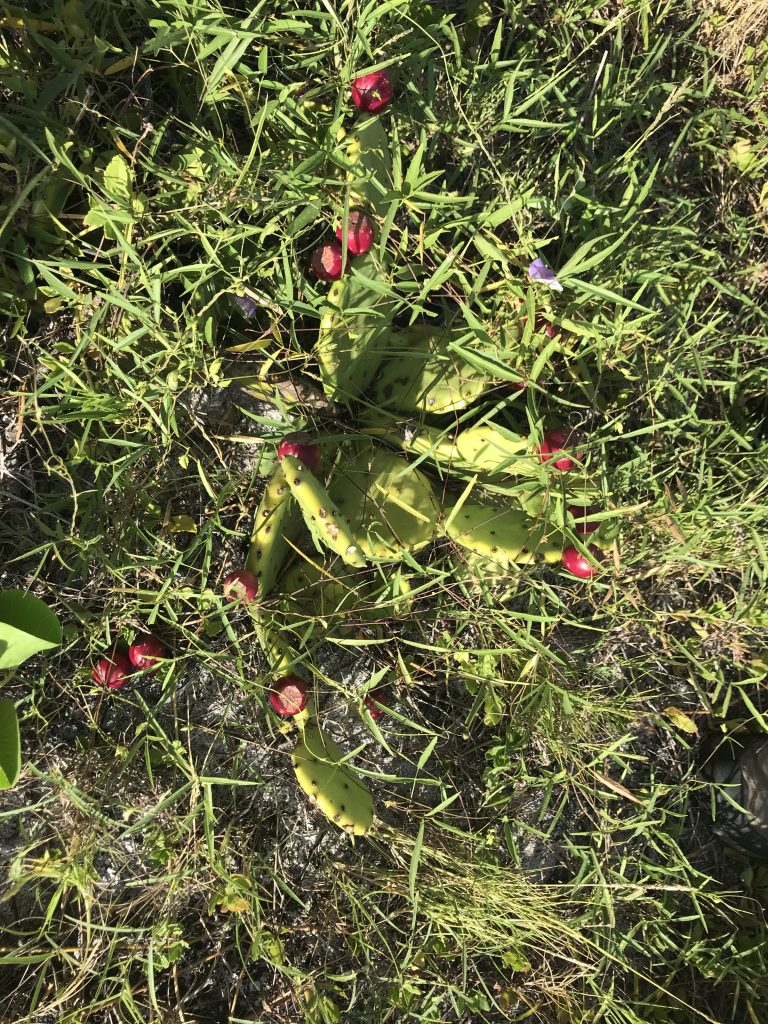
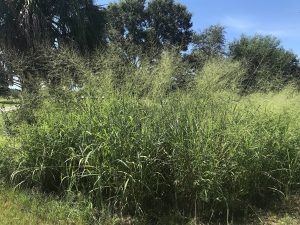
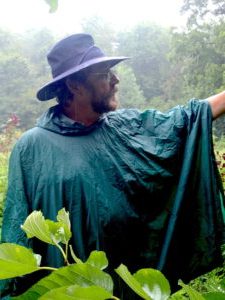
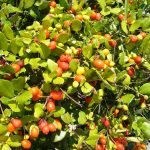

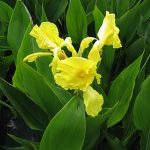 When it comes to plants you can see something for a long time but not see it. That was my experience with Canna. In the late 80’s a friend of mine had Canna planted along her house. As she was from Taiwan I presumed — like most of the plants around her home — they were native to Asia. As it turned out I was just one in a very long line of people thinking this native of the Americas was Asian. I didn’t make the connection to local Canna because the two species have different blossoms, one skinny and red, the other fat and yellow. But then one day while fishing along the St. Johns River east of Sanford I saw a large stand of “native” Canna and investigated. There are several edible parts to the Canna including the roots. The hard seeds, however, have been used as a substitute for buckshot… they are that hard. You can read more about this peripatetic beauty
When it comes to plants you can see something for a long time but not see it. That was my experience with Canna. In the late 80’s a friend of mine had Canna planted along her house. As she was from Taiwan I presumed — like most of the plants around her home — they were native to Asia. As it turned out I was just one in a very long line of people thinking this native of the Americas was Asian. I didn’t make the connection to local Canna because the two species have different blossoms, one skinny and red, the other fat and yellow. But then one day while fishing along the St. Johns River east of Sanford I saw a large stand of “native” Canna and investigated. There are several edible parts to the Canna including the roots. The hard seeds, however, have been used as a substitute for buckshot… they are that hard. You can read more about this peripatetic beauty 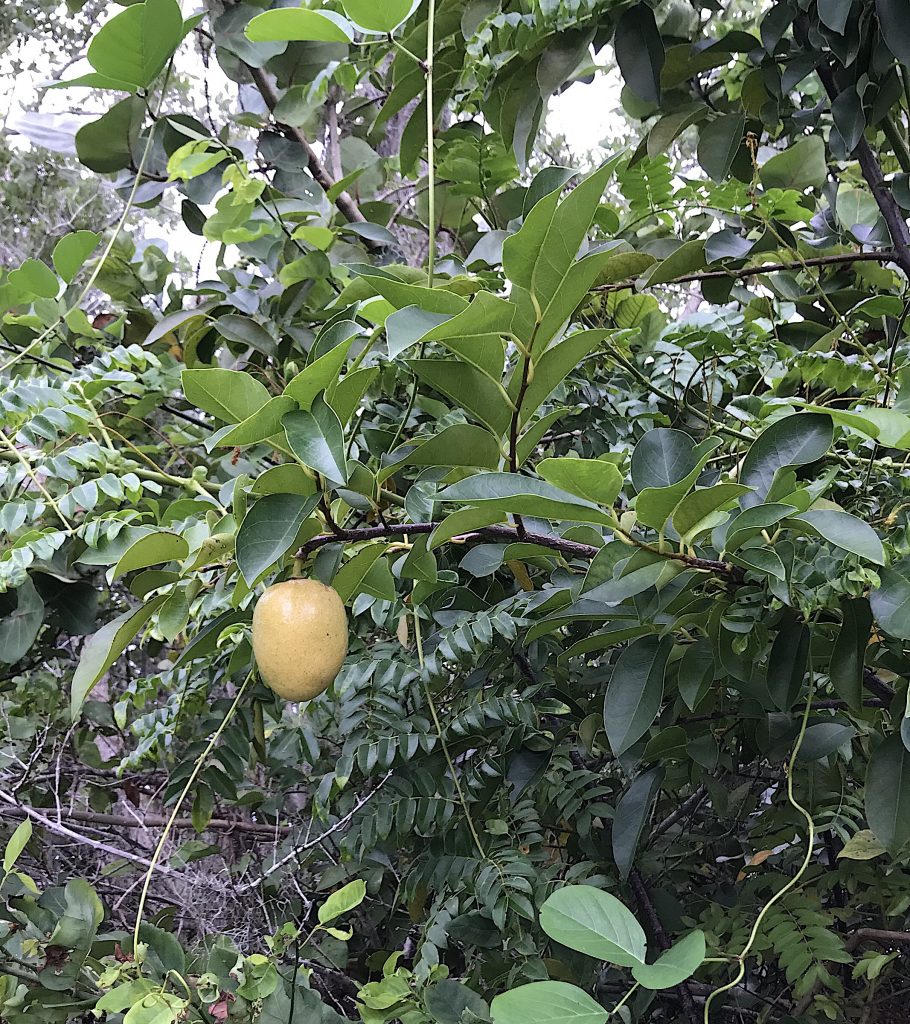
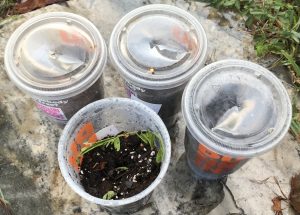
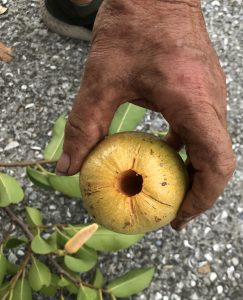
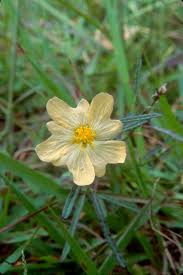
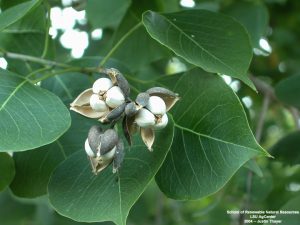
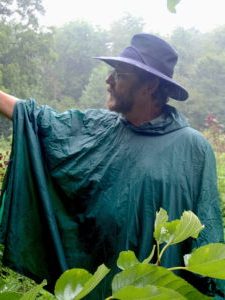
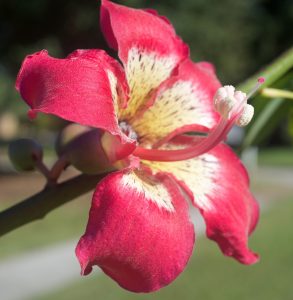
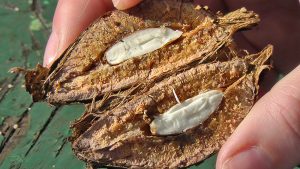




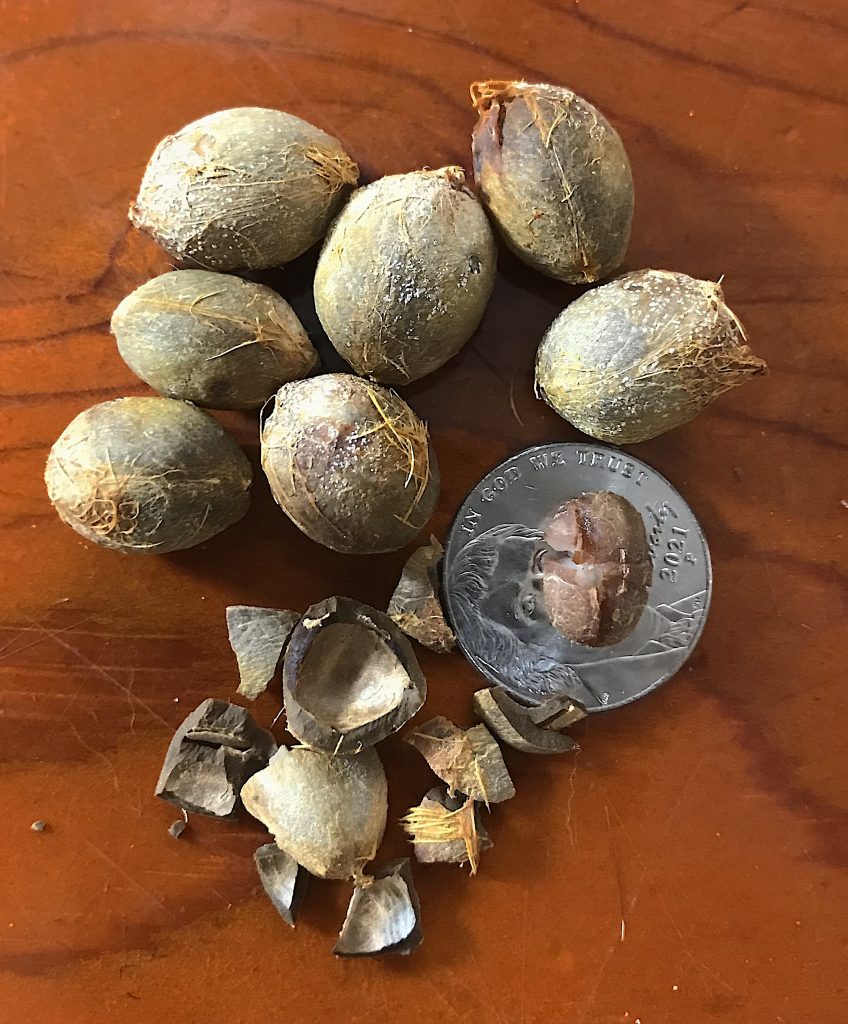
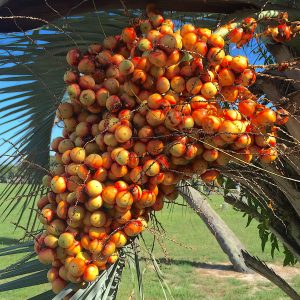
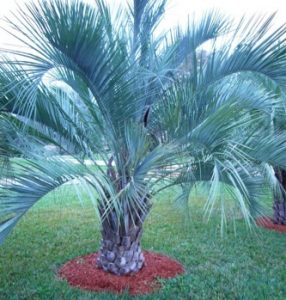
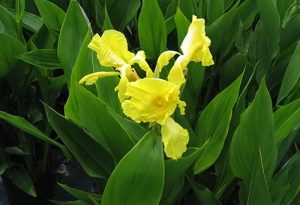

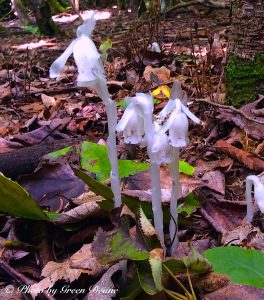

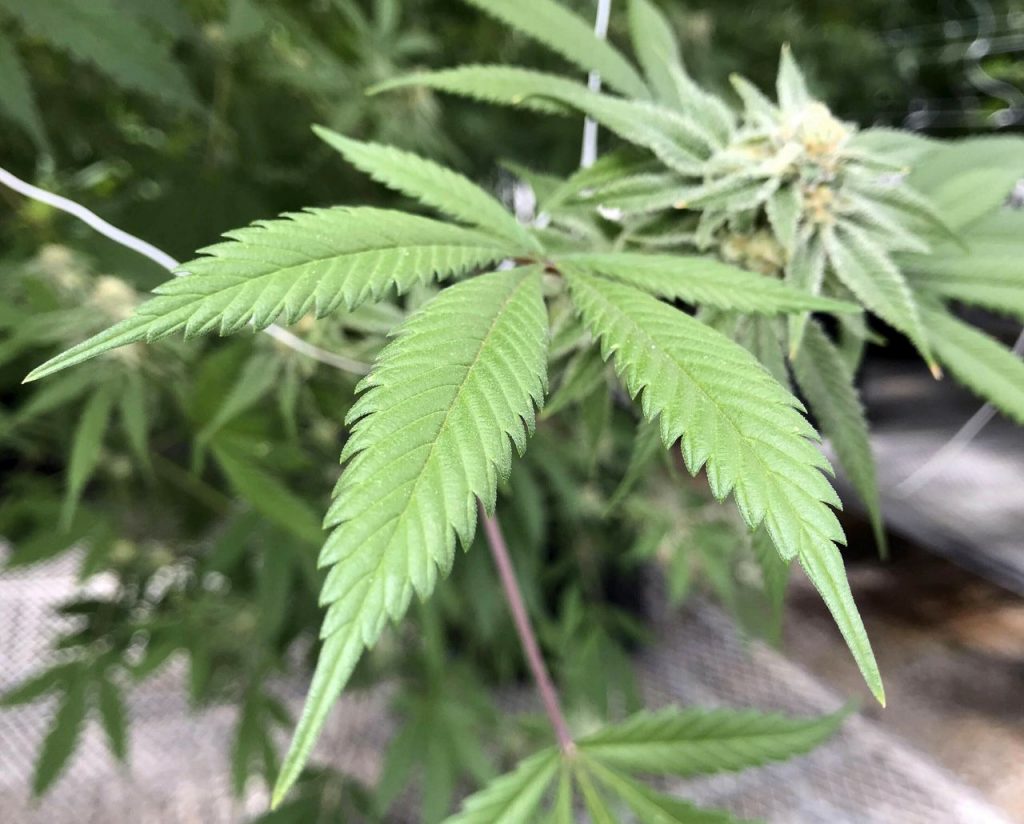 You can’t rummage around the woods as a forager without running into someone’s marijuana patch. Locally the most likely place to find said is on spoil islands, the ones created by dredging. Kids row out, have a party and toss away the seeds. What is not surprising those abandoned seeds grow into plants the kids don’t recognize as the same plant they are smoking.
You can’t rummage around the woods as a forager without running into someone’s marijuana patch. Locally the most likely place to find said is on spoil islands, the ones created by dredging. Kids row out, have a party and toss away the seeds. What is not surprising those abandoned seeds grow into plants the kids don’t recognize as the same plant they are smoking.